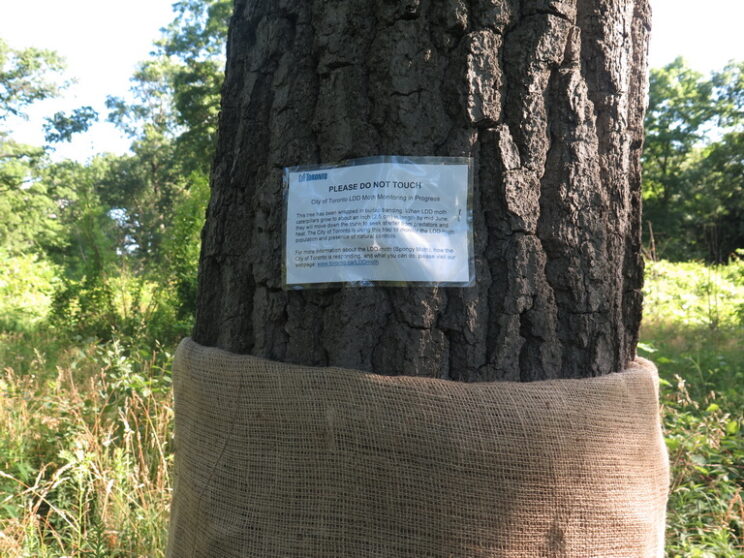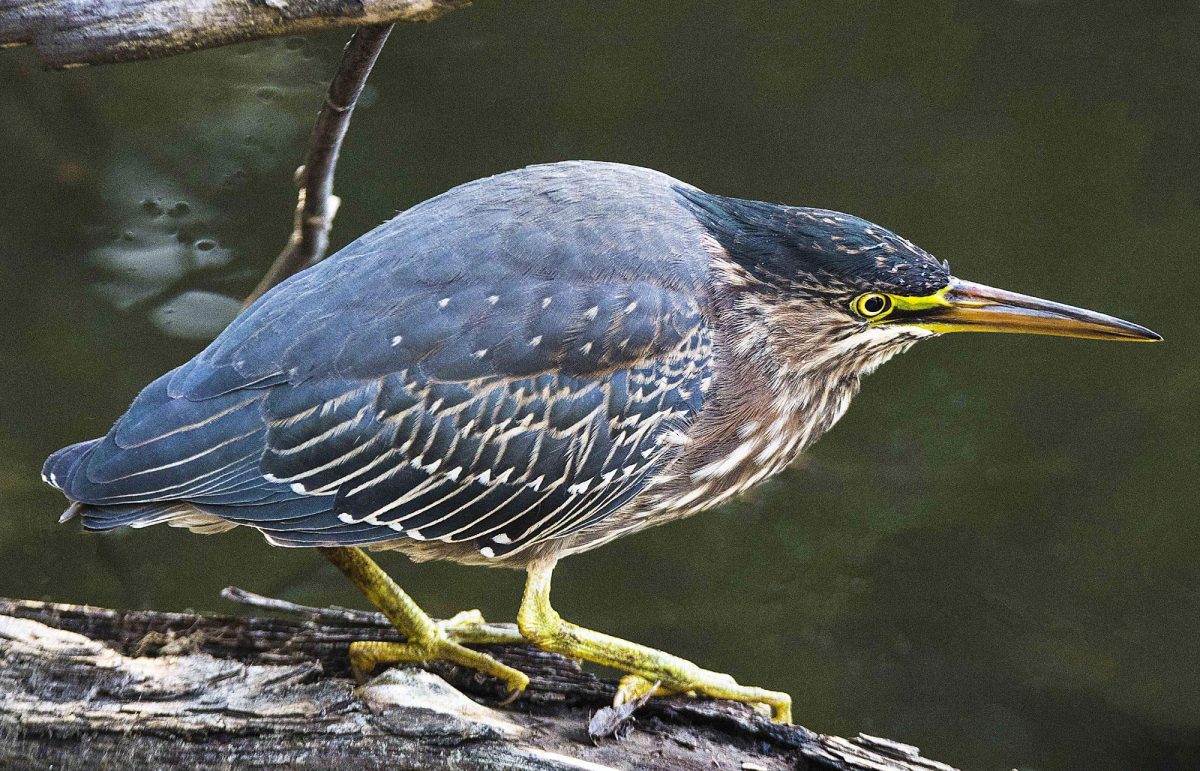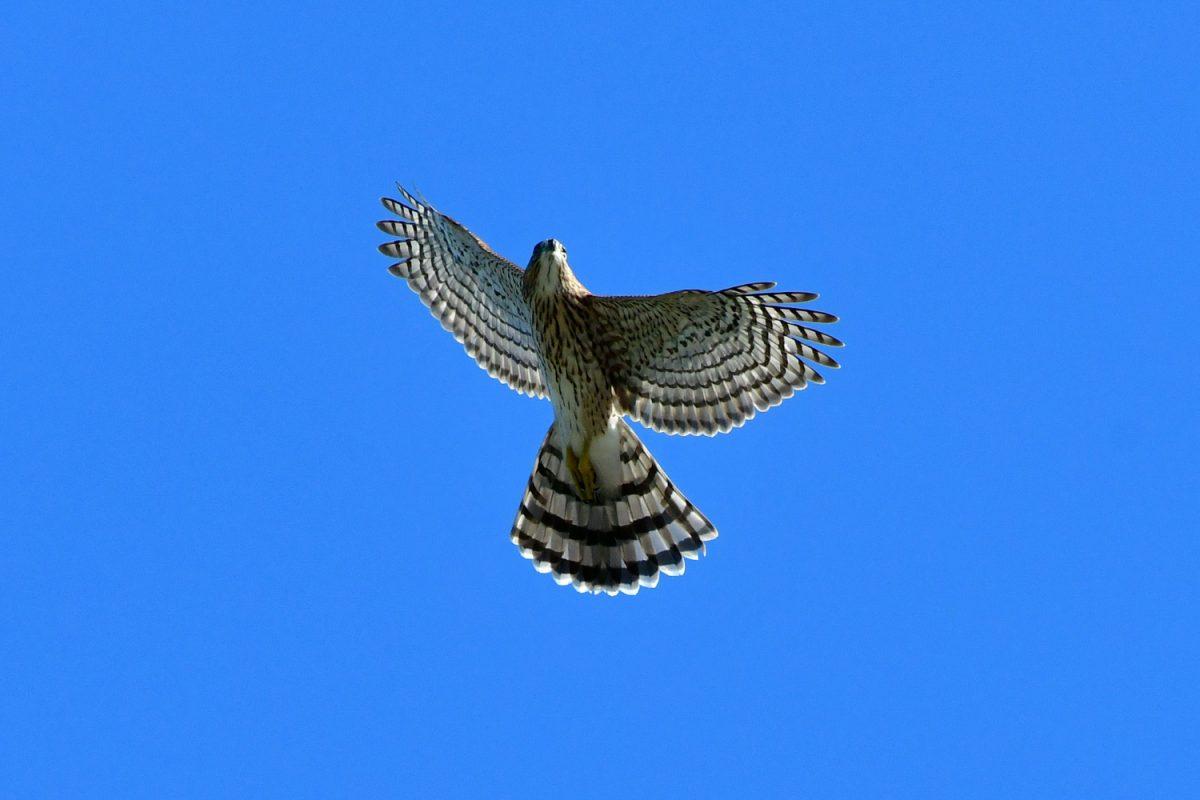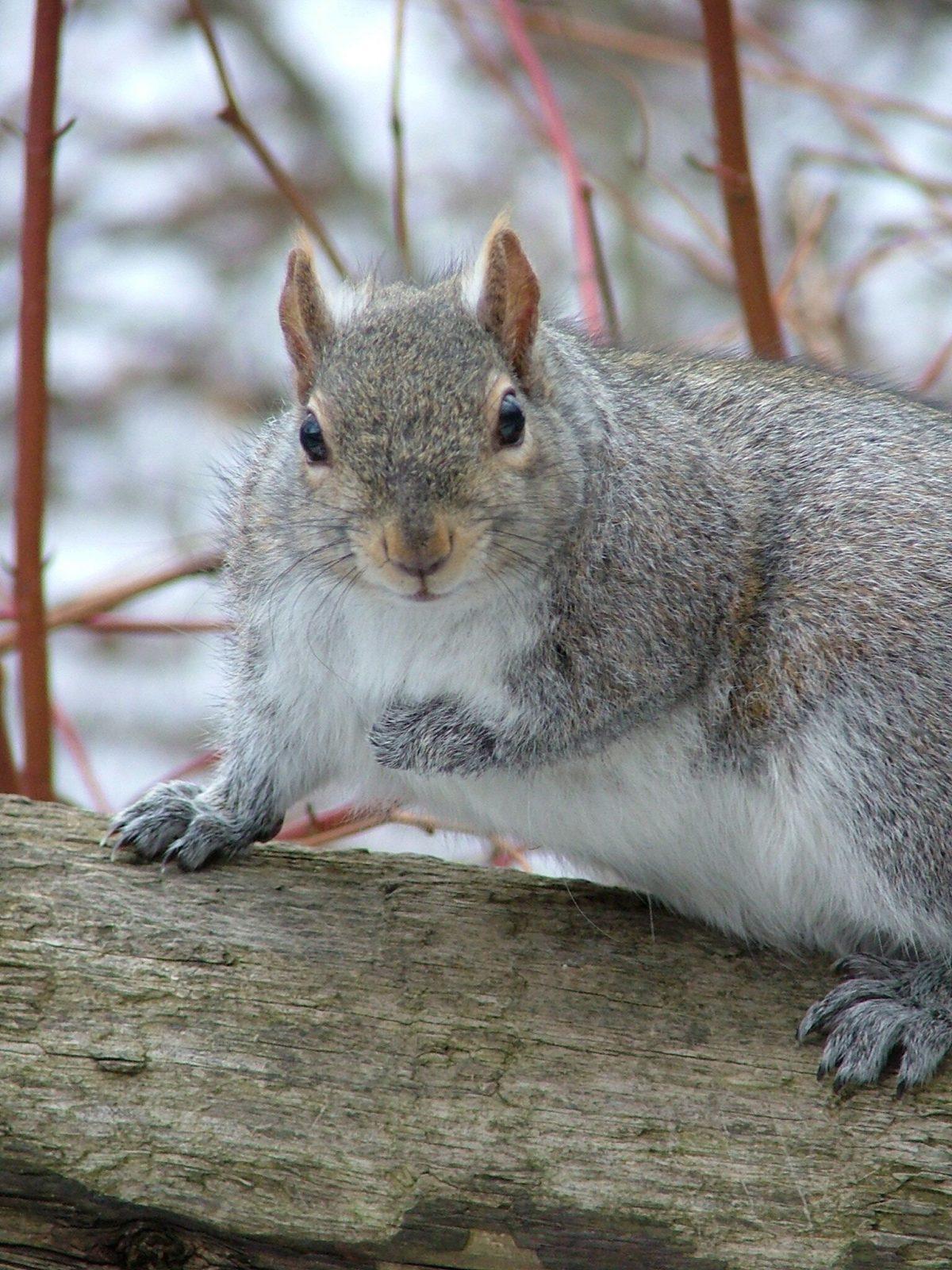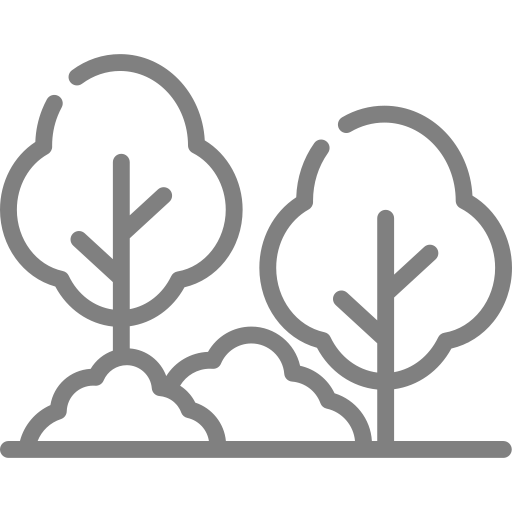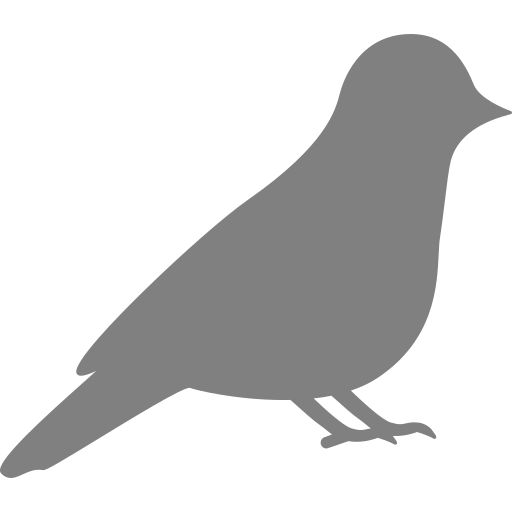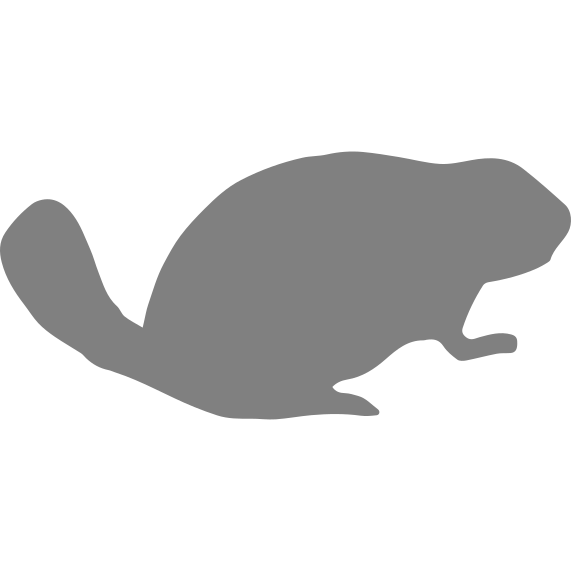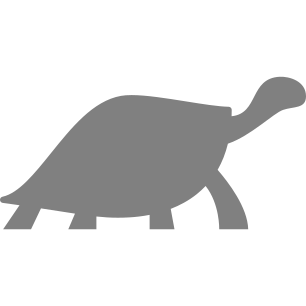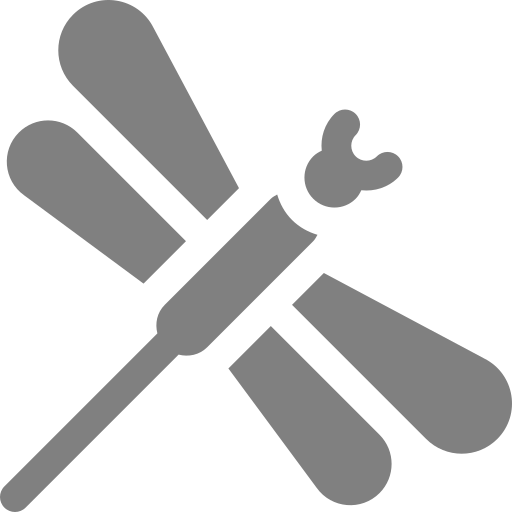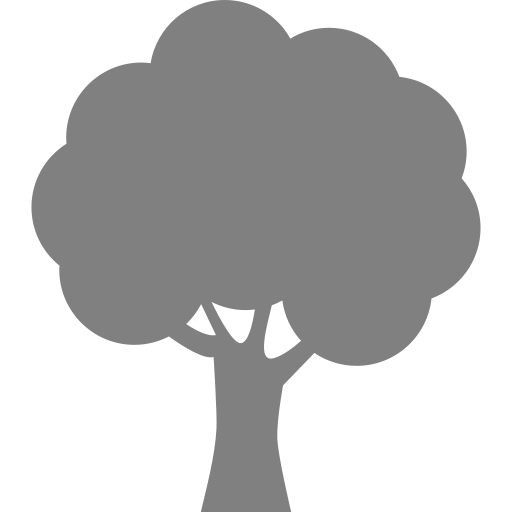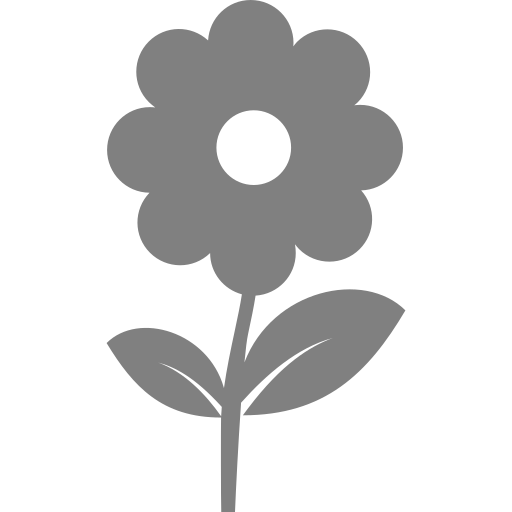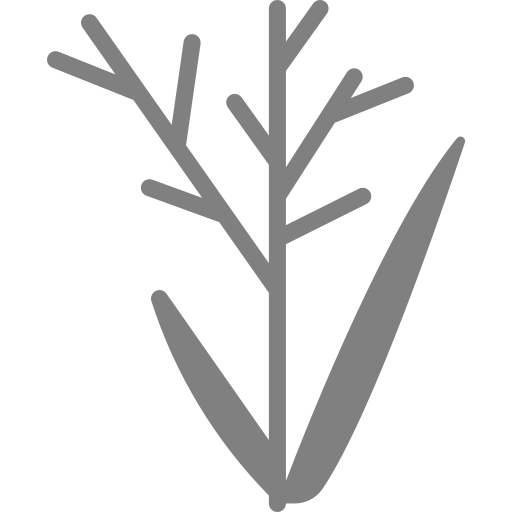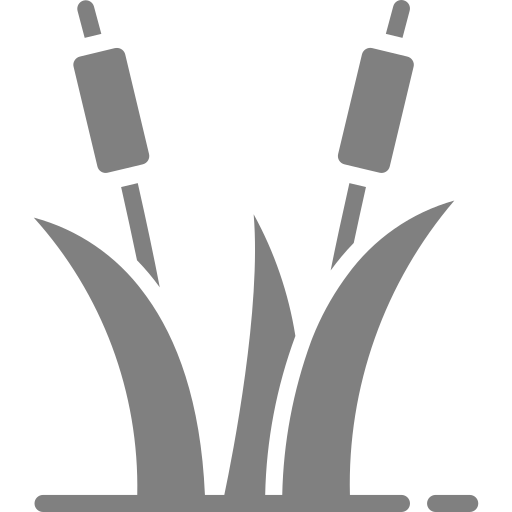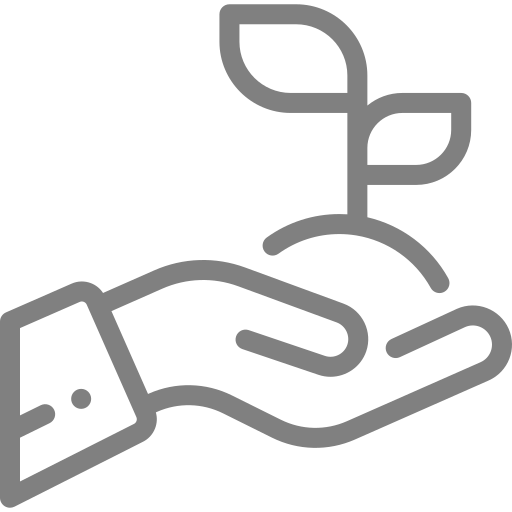Caterpillars of the introduced LDD/Spongy (Gypsy) Moths and native Fall Cankerworm Moths can be heavy defoliators of trees such as High Park's black oaks. Populations vary from year to year. The Forest Health Care unit of Toronto Forestry monitors these species and takes action to control them as considered appropriate. Oaks are the host plant for a variety of butterflies and moths. The caterpillars that feed on oaks also provide a valuable food source for migrant and breeding songbirds.
LDD Moth Monitoring
LDD Moth Egg Mass Surveys
In late summer, City staff conduct egg mass surveys in residential neighbourhoods, parks and natural areas, including High Park, to identify areas infested with LDD (European gypsy) moth. Survey areas are based on historically problematic areas and where the City of Toronto receives public calls annually during the caterpillar and moth stages. These surveys allow City staff to identify the infested areas and to predict LDD moth population levels for the following spring.
Defoliation Surveys
Defoliation surveys help to assess the level of feeding on tree leaves, in particular oak species, due to the LDD moth and to help guide where City staff may apply control measures. City staff will conduct defoliation surveys once feeding by caterpillars has stopped, as well as a few weeks after treatment for LDD Moth has occurred. Treated trees are inspected for signs of feeding and caterpillar abundance and are later re-inspected in the fall/winter for egg masses to evaluate impacts to the trees and to evaluate the success of the treatment.
Pheromone trapping
In areas across the City where the LDD moth may be starting to increase, the City deploys LDD moth traps. These traps are a population monitoring tool, not a control measure. The traps are baited with a pheromone that is effective in attracting male moths. Traps are hung in the lower canopy of trees in the summer, before the expected flight period in late July through August. Once the moths have died off for the season, the traps are collected and the number of moths counted. The data collected from these traps is used to establish further monitoring and treatment efforts.
Parasitism Survey
Parasitism is one of the greatest factors that contribute to the natural collapse of LDD moth populations. Since the LDD moth has natural enemies that affect the insect at each stage of development, City staff monitor the level of parasitism throughout its life cycle. City staff monitor the location, frequency and severity of parasitism in areas of the city to help predict LDD moth population levels the following spring. This is very important since City staff want to encourage natural factors like the Entomaphaga maimaiga fungus and NPV virus, which are naturally occurring in the LDD population and regulate the population when it gets too high.
Sources
See factsheets below.

